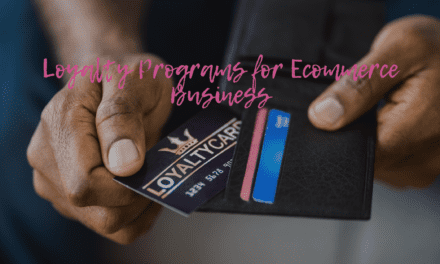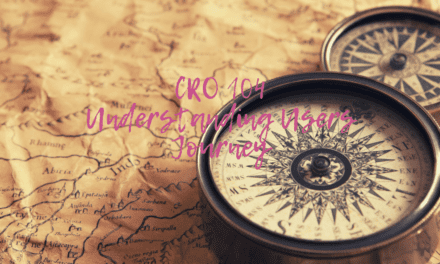There are several approaches to loyalty programs. Some companies award points that can be redeemed for discounts. And others give out free products to their customers after reaching a certain loyalty level.
This article will expose you to ten different loyalty program strategies. Each has proved efficient and can be modeled for your small business. And they all have the propensity to boost your business customer retention rate.
In addition, there are examples for each strategy. These examples will help you understand each strategy and give you a perception of how they work. Read carefully, and pick the one that’s most suitable for your business and objectives.
1. Points-based program
Point-based loyalty programs award customers points, stars, or coins for taking particular actions. These actions could be buying products, sharing the brand’s adverts or content on social networks, or leaving a review. Customers also earn extra points on their birthdays.
The points can be redeemed for bonuses, discounts, cashback, free deliveries, or products. Point-based loyalty programs usually require a special app for managing points.
Blumetopia, an app owned by Blume, a body care retailer brand, is an example. Customers earn Blume bucks for placing an order through the app, following the brand on Instagram, and advertising Blume to a friend. They can use these points to unlock amazing gifts, merchandise, and even free products.
2. Tier-based program
Every tier-based program usually begins with the earning of points. Customers are promoted to a higher loyalty rank after acquiring a certain number of points.
Starbucks’ reward is a typical example of this method. Virgin Atlantic, a reputable airline company, also uses a three-tier points-based loyalty program. Travelers who journey via their airline or partners earn points after each flight. Each tier has its benefits, and promotions come with collecting some points.
3. Mission-driven program
Have you ever purchased on a website and gotten an appreciation notification for helping a child in another part of the world? It could be that you just helped a less privileged child with a T-shirt or sponsored a movement to plant trees in a particular location.
A mission-based loyalty program is one in which a brand rewards its customers with the satisfaction or feeling of helping or aiding a good cause. However, you must ensure that this program’s mission aligns with your company’s objectives. A perfect example is a sock company that donates a pair of socks or undergarments to a child in an orphanage home every time a pack of socks is ordered.
4. Spend-based program
The spend program is the most straightforward strategy to implement. It awards points relative to the amount spent by a customer. The ordinary point-based system always awards points for orders, but in this type, customers are appreciated for every dime or dollar they give to a business.
Boots, a health and beauty product retailer, uses this model to reward loyal customers. They give 4 points for every $1 spent in the purchase of an item on their ecommerce store. Each point is redeemed for a penny, implying that a customer receives 40 pennies for buying a product worth $10.
5. Subscription Program
A subscription loyalty program is not a common strategy. Customers pay recurring fees to get into the program and enjoy all exclusive membership benefits. Amazon Prime is a typical example of this campaign. Online shoppers subscribe to the community to get free access to all amazon streaming platforms, free delivery, mouth-watering discounts, and access to exclusive products.
Small businesses can also leverage this program. However, they must ensure that the program’s benefits are worth the subscription. Becoming a program member must be more appealing than just being a customer of your business. This program can also be referred to as a paid loyalty program.
6. Community programs
You can go further with your incentive program by adding the community program. This aims at building a community for your business where valuable information is shared between your customers. Community members are rewarded for participation. Points for answering questions, providing guides, and sharing product reviews on the forum may be awarded. These points can then be redeemed for perks and gifts.
The Sephora Beauty Insider community is an excellent example of this program. Beauty product lovers join this community to connect with others like them and share experiences with a product bought on Sephora while earning points and incredible discounts.
7. Refer a friend program
A referral program is one in which a business rewards loyal customers for bringing in more customers. It’s a prevalent type of loyalty program. It helps to convert loyal customers into brand ambassadors.
Uber uses a referral program to acquire more customers. A code is assigned to each customer, and they can share it with friends and family. Uber gives a free ride to a loyal customer when a friend joins through this referral code.
8. Cashbacks programs
Buyers love getting cashbacks. It brings joy to their heart when a percentage of the payment for a purchase is returned to them. A cashback loyalty program is one of the most successful incentive methods. Shopify, a giant in the ecommerce industry, launched its cashback program not too long ago. Buyers that shop through their Shop App will get a cashback on their balance.
Conclusion
Loyalty programs work when you choose the right one for your business. Take your time, research, and select a model that works for your company. You can manage your program with tools available on the internet or build a unique app for your business.








